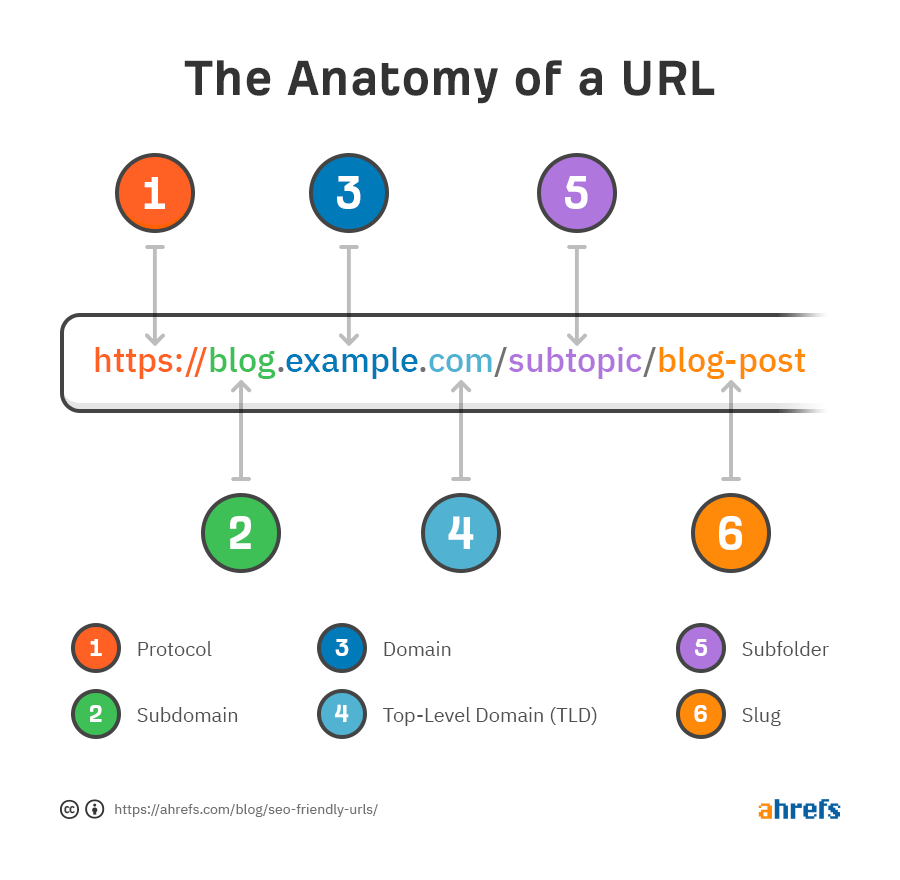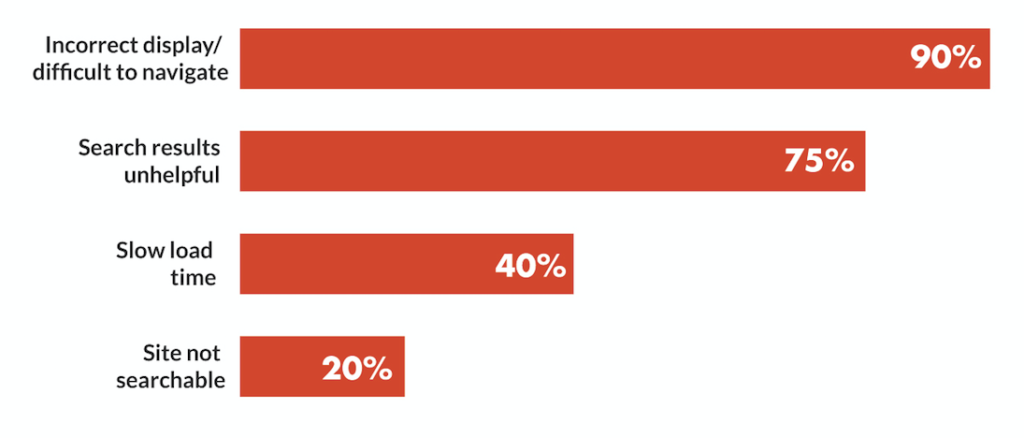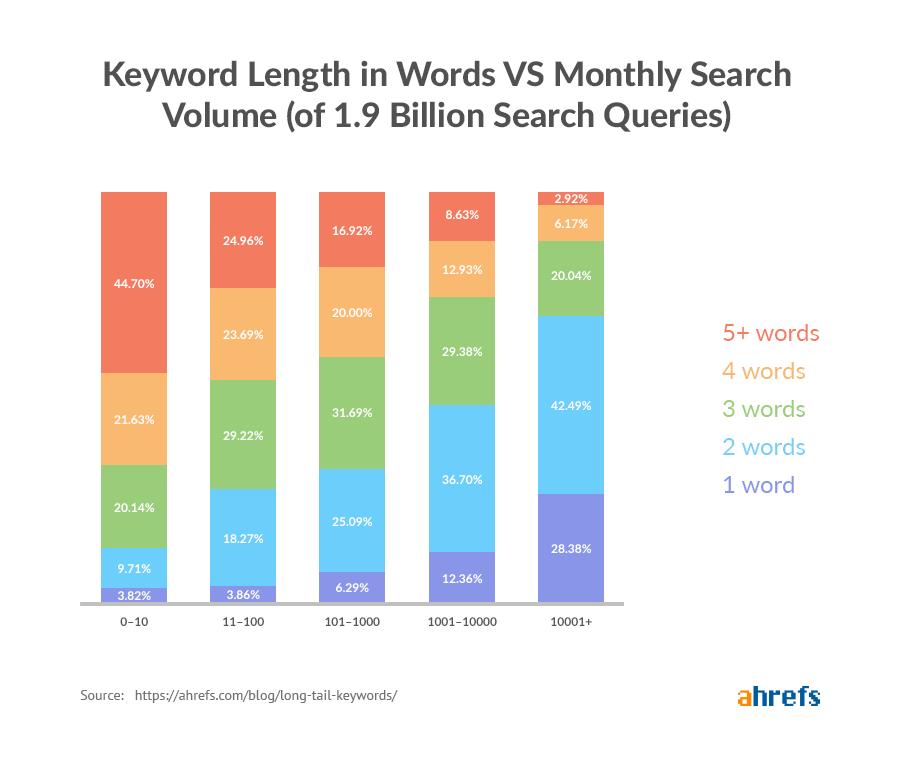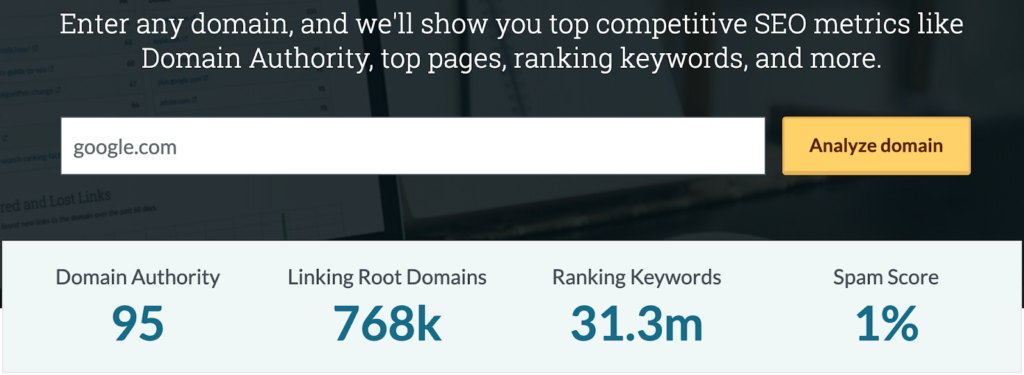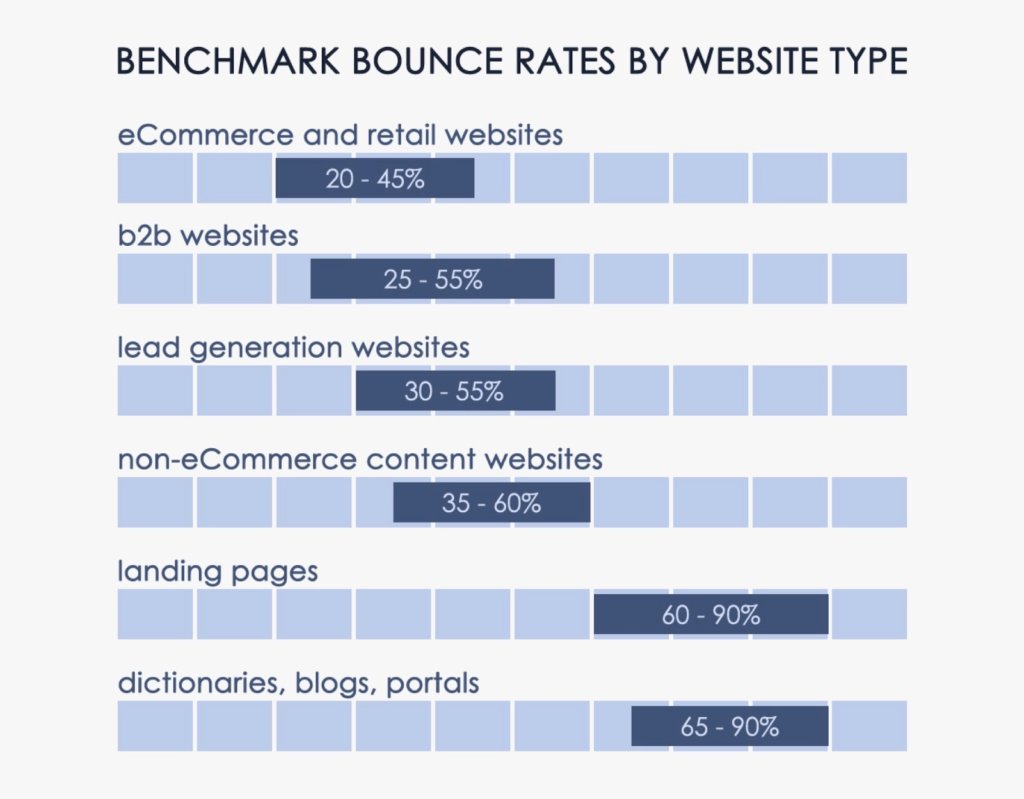There are many aspects of an organization that can make it a successful, thriving business.
For many, an engaging, user-friendly website is a crucial factor for building a brand and attracting customers. This is especially the case if you are running an ecommerce business.
A website gives you brand identity and creates a place for customers to find out more information about what you do. So, how can a subdomain affect this?
In this article, we’ll talk about subdomains and how they can impact your SEO performance.
What is a subdomain?
Simply put, a subdomain is another part of your website. If you feel like you want to add another section to your website that enhances your brand, then you may want to use a subdomain. This subdomain allows you to provide further information to users, and can even direct them to your ecommerce shop.
Take Google, for example. There’s Google’s main search engine “google.com”, as well as “maps.google.com” and “earth.google.com”. Both are still part of the main Google domain, but each has its own purpose away from the Google site. If Google is the main umbrella, then subdomains are sub-categories underneath it.
Here’s an example of a URL with a subdomain:
They are created for various reasons, including to:
- Better organize the website’s content
- Provide more in-depth information on a certain topic
- Boost SEO and domain authority
- Maximize geo-targeted pages
- Create a separate ecommerce store
It’s important to note that not every site needs subdomains, and they should only be utilized if it’s relevant to your website and what you’re offering. Subdomains are not to be confused with a subdirectory. A subdirectory is part of your main website. It looks like this:
thechicflorist.com/blog
Whereas, a subdirectory would be:
blog.thechicflorist.com.
How is a subdomain different from a domain?
When you look at the URL of a website you’ll see https://apple.com. The second part, apple.com, is the domain name. That’s often the name of your company or a name used to describe exactly what the website is intended for.
The top-level domain is the “.com”, “.org”, or “.net” part of the URL. The second-level domain is the brand name itself, i.e. “apple”.
Now you have your top-level domain and second-level domain, you can create a subdomain. A subdomain is like a prefix to your domain. Examples include putting “blog” or “payment” in front of the domain to indicate exactly what the subdomain is for.
6 ways subdomains impact SEO
One of the main reasons a business may choose to create a subdomain is to try to positively impact their SEO performance. Here are six ways that can happen:
1. Better on-site experience
Using a subdomain means you can provide a different user experience to your main website. Your subdomain is usually an expansion of your main website, when you want to explore a certain topic further but don’t want this information on your main website.
This way of organizing your website content makes it easier for your users to find the information they want. This gives a better on-site experience, meaning you’ll appear higher on the search engine results page (SERP).
Given that 90% of users complain about a site having incorrect display/being difficult to navigate (see below), creating a specialized subdomain could help you gain favor in keyword rankings. This is because it makes the site easier to navigate as it streamlines your site’s hierarchy. Difficulty navigating a site is one of users’ most common complaints.
Other common complaints about on-site experience include:
The longer a user spends on your site, the better it is for your SEO. This is referred to as “Dwell Time” – the time a user spends on your site after finding it through a Google search. Google’s algorithm documents how long users spend on a page, and it uses this to determine how valuable the content on that page is. This can affect page rankings.
So, the longer a user spends navigating their way around your site, including subdomains, the more chance you have of ranking higher. You can find out how long a customer spends on your website by viewing your ecommerce analytics.
[Case Study] Keep your redesign from penalizing your SEO
2. Targets international markets
As we’ve discussed, a subdomain can be used to create specialized content. So, what about when this content applies to a certain target demographic? You can steer your subdomain content towards certain countries and continents. This is ideal if you have a global business and what to target international markets. This means that your SEO ranking in certain countries can be higher, when you have a specific subdomain dedicated to targeting that area.
The content and language on your site need to be reflective of the country you are targeting. Utilizing a subdomain, along with free marketing collaboration tools makes it easier for you to hit the markets you want to target.
3. Inserts keywords into your URL
Keywords go hand-in-hand with SEO. By affiliating your site with relevant keywords to your product or service, potential clients will be able to find you more easily when they search those keywords. This is like SEO 101.
When your business’s name doesn’t necessarily match your products, like Apple, for example, it’s difficult to include keywords in your website’s main URL. A subdomain URL will allow you to tie in keywords relevant to your site, which is a great opportunity for you to improve SEO rankings based on those keywords.
4. Helps to grow authority in niche markets
Your subdomain can be as broad or niche as you like. However, the majority of the time, subdomains are created to be more niche, in order to target markets the main website may miss. This can be a great SEO tactic for businesses who want to grow authority in—and traffic from—those more niche markets.
For instance, if a bakery sells baked goods via a physical store and their website also wants to start selling their own coffee beans, they may find a subdomain to be useful. It doesn’t distract from the main purpose of the site which is to draw customers to their baked goods, but it does allow them to sell coffee beans as well.
Although both are related to food, trying to rank for coffee-related keywords on the main site may have been difficult as it’s so geared towards baking. Therefore, a subdomain can also help with targeting those niche keywords.
5. Boosts site domain authority
What is domain authority? Domain authority refers to how your website is perceived. It’s a search engine ranking score developed by the Software as a Service (SaaS) company, Moz. A site’s DA (domain authority) is ranked from 1-100. Generally speaking, the higher the DA, the more trusted the site is and the higher it typically ranks in search engines.
Although subdomains are often treated as separate entities to the main website, they can positively impact the ranking of the main domain. Moreover, because of the additional keywords, they may also rank for terms that the original domain doesn’t rank highly for.
6. You can create mobile-friendly subdomains
Google prioritizes mobile-friendly sites, so lots of websites that were typically built for desktop use have created mobile-friendly subdomains.
These subdomains work alongside their main domain, but include mobile-friendly content that works well on all devices. Responsible web design and mobile apps are useful when creating more mobile-orientated content.
[Case Study] Monitoring and optimization of a website redesign following a penalty
Do subdomains always help with SEO?
Although subdomains are useful for an organization, they aren’t necessarily your ticket to that top search result on Google. That’s because it all depends on your website, and they should be used on a case-by-case basis.
A poorly designed website is likely to have a high bounce rate. This is when the user clicks away from the page without giving it a chance, because the UX (user experience) is too poor to navigate. Now imagine you create a subdomain but still haven’t mastered the UX. The impact of your subdomain isn’t going to then boost your original site, because people still won’t want to interact with it.
Bounce rates vary from industry to industry. Here’s an example of bounce rates by website type:
In other words, if your main website isn’t great, then creating a subdomain isn’t going to help. Your priority should be your main domain content and usability. Have you taken the time to optimize website images? And are you using optimal website hosting bandwidth? Consider flaws in your original site before creating an additional subdomain.
What’s more, some view a subdomain as competition with yourself. Strictly speaking, your subdomain can outperform your main website. If they are optimized for the same keywords, then they are going to be competing against one another for the highest ranking.
This can be an issue for some businesses. However, many view it as a benefit because it gives you even more of a chance to appear on Google’s first search result page, no matter which domain makes it there.
[Case Study] Improving the structure of a media site
Should you use subdomains for your website?
Subdomains aren’t useful for every business. In reality, you should only be using them to support your main domain website if it’s appropriate. For example, if you want to create an ecommerce store or a more detailed resource for one of your best-selling services.
Creating a subdomain for the purpose of keyword stuffing and rankings could end up doing more damage than good. In other words, if the subdomain doesn’t provide genuine value, then don’t create one.
However, if you do decide to use subdomains for your website, you should see some positive impacts on your SEO performance such as countering negative SEO and improving your keyword rankings.

